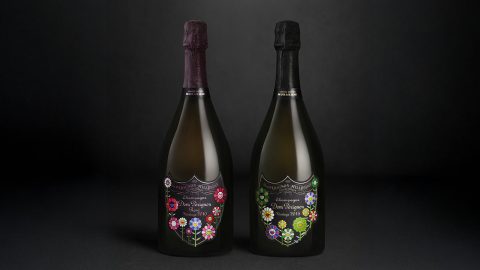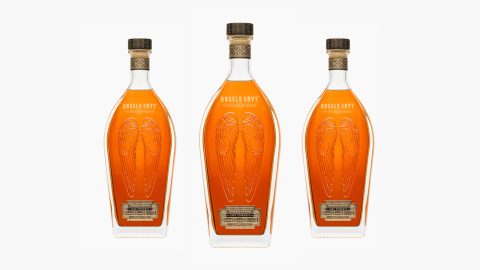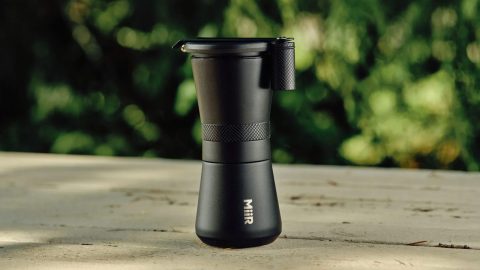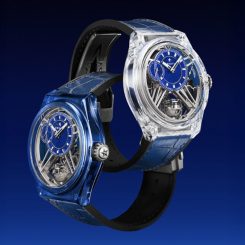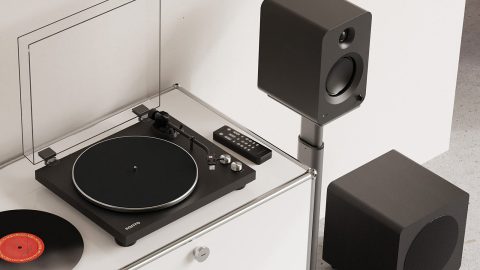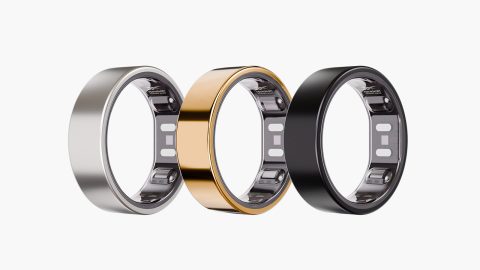Chill Filtration: Science in Whisky
May 11, 2017
byThe Whiskey Library
-
Food & Drink From Le Mans To Lounge: Porsche Rewrites Kitchen Cool With Smeg
High-performance aesthetic hits morning rituals with Porsche x Smeg kitchen gear.
-
Food & Drink The Dom Pérignon Collab That’s Pure Joy In A Bottle
Art, luxury, and effervescence merge in Dom Pérignon’s new drop.
-
Food & Drink Meet Angel’s Envy 10 Cask Strength: A Decade Distilled
Expect bold flavors: baklava, apricot, port — Angel’s Envy 10 delivers at 122.6 proof.
-
Food & Drink MiiR’s New Standard Hand Grinder Is A Game-Changer
Take your coffee ritual off-grid with Miir’s durable, travel-ready grinder.



